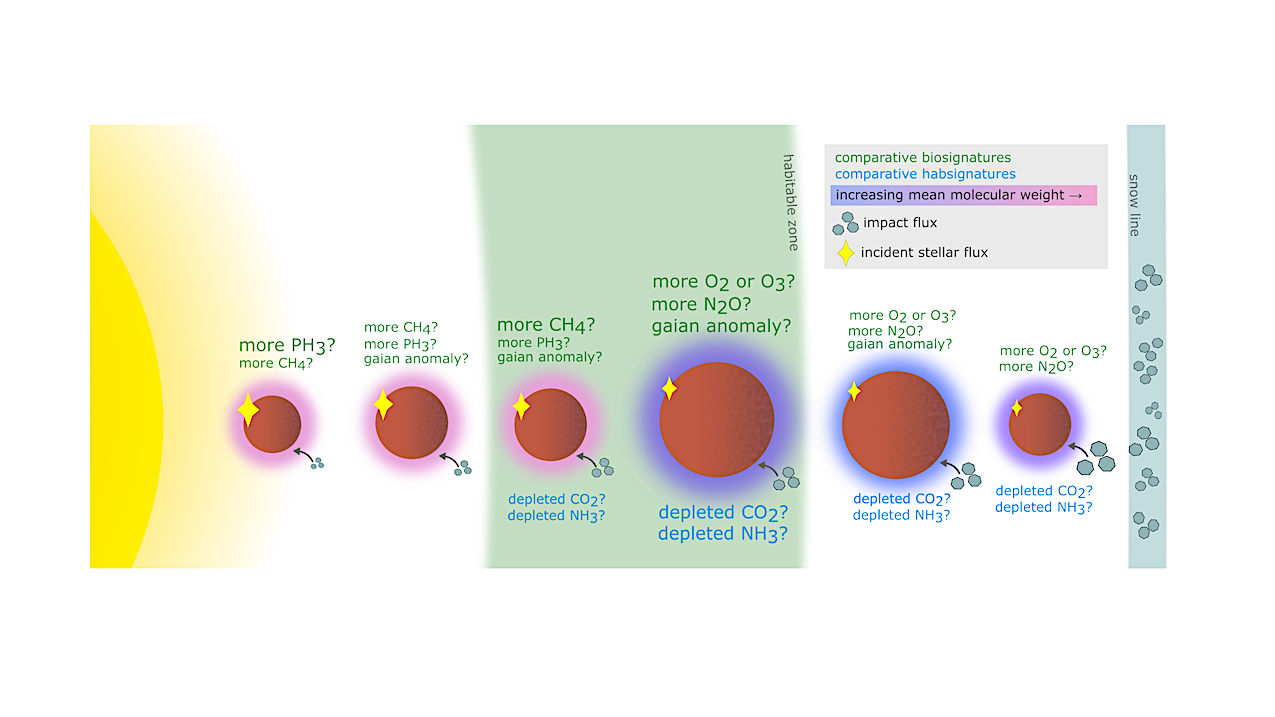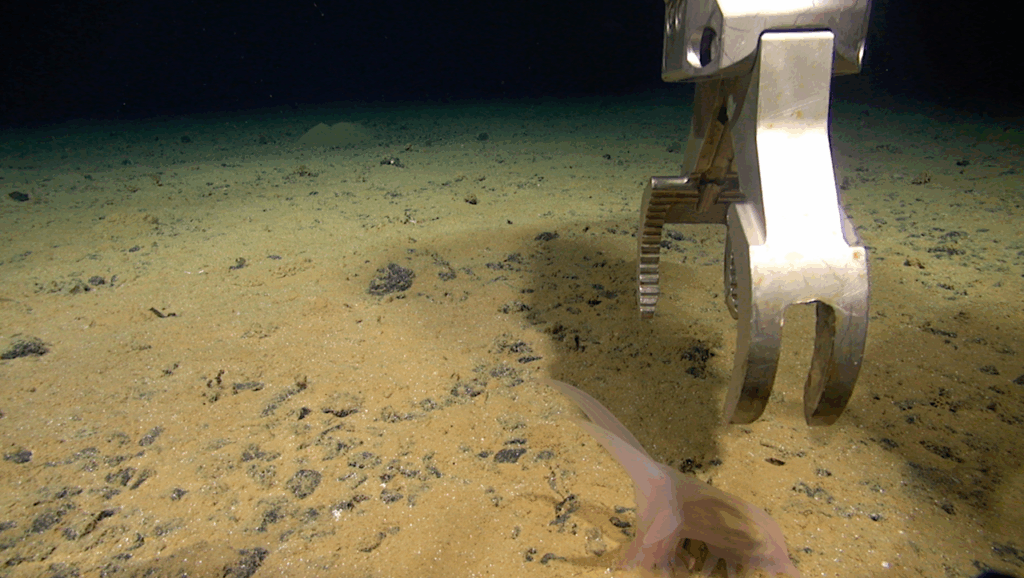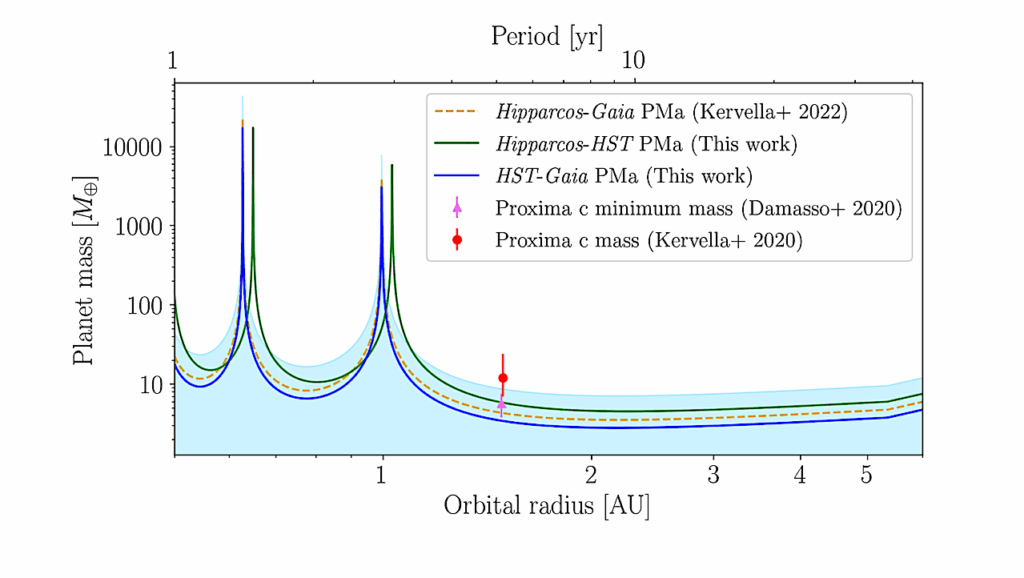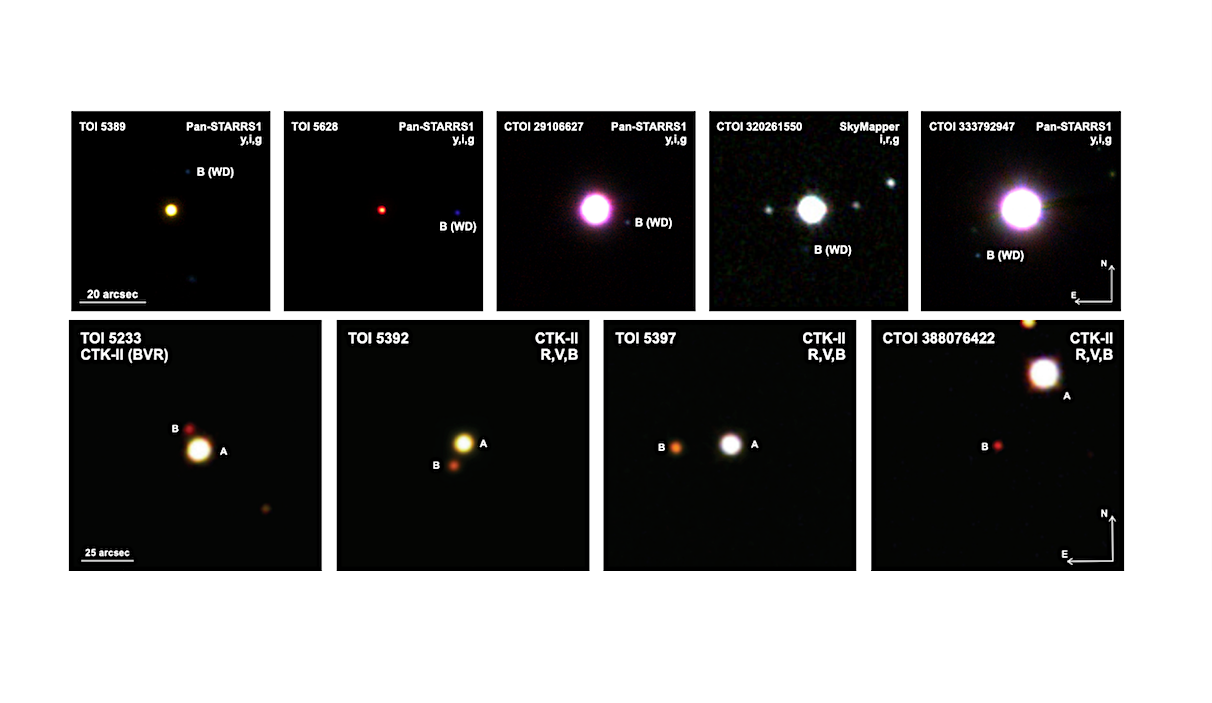Now Reading: Comparative Biosignatures
-
01
Comparative Biosignatures
Comparative Biosignatures


Illustration of comparative biosignatures and habsignatures in an extrasolar system. Potential comparative biosignatures (green text) and habsignatures (blue text) as deviations from the abiotic baseline are annotated, with larger fonts indicating stronger candidates due to larger priors p(life | context); non-HZ (outside the green annulus sector) planets are also considered, but have smaller priors. Systemic abiotic processes setting biosignature baseline expectations include incident stellar flux (yellow stars), impactor flux from the snow line (blue pebbles; blue annulus sector), and atmospheric mean molecular weight (pink to blue spectrum, only applicable to CH4 and PH3 ). The snow line includes any molecular ice line (e.g., CO2 , H2O). Orbital distances, colours, and trend of mean molecular weight are illustrative. — astro-ph.EP
The discovery of inhabited exoplanets hinges on identifying biosignature gases. JWST is revealing potential biosignatures in exoplanet atmospheres, though their presence is yet to provide strong evidence for life.
The central challenge is attribution: how to confidently identify biogenic sources while ruling out, or deeming unlikely, abiotic explanations? Attribution is particularly difficult for individual planets, especially regarding system-scale stochastic processes that could set atmospheric conditions.
To address this, we here propose a comparative multi-planet approach: comparing atmospheric compositions across multiple planets within a system to empirically define the ‘abiotic baseline’. This baseline serves as a reference point for biosignatures, and enables marginalisation over inaccessible, shared abiotic parameters.

Earth’s atmospheric composition as an example of comparative biosignatures and habsignatures. Earth, situated within the habitable zone (green annulus sector), emerges as an outlier. Compared to the abiotic baseline established by Venus and Mars, Earth exhibits significantly lower CO2 levels (van Thienen 2007) and considerably higher O2 levels (indicated below each planet). All of these gases have plausible abiotic origins, but the abiotic baseline informs our expectation and identifies Earth as anomalous. — astro-ph.EP
This is possible because planets within a system are linked by their birth in the same natal disk, having been irradiated by the same evolving star, and having a related dynamical history.
Observations aligning with the abiotic baseline, where the locally informed abiotic models demonstrate high out-of-sample predictive accuracy, are likely non-biological. Deviations from the baseline — potentially biotic anomalies — suggest an alternative origin.
We present the application of Bayesian leave-one-out cross-validation to evaluate the performance of geochemical- and biogeochemical-climate models in explaining these anomalies, using the expected log pointwise predictive density as a diagnostic.
When biogeochemical models outperform their abiotic counterparts, the anomaly may be shaped by life, and constitutes a comparative biosignature. If both models perform poorly, the anomaly is flagged as an “unknown unknown” — a signature of either unrecognised abiotic chemistry, or life as we don’t yet know it.
Tereza Constantinou, Oliver Shorttle, Miles Cranmer, Paul B. Rimmer
Comments: We welcome comments and feedback! Submitted to MNRAS
Subjects: Earth and Planetary Astrophysics (astro-ph.EP); Instrumentation and Methods for Astrophysics (astro-ph.IM)
Cite as: arXiv:2505.01512 [astro-ph.EP] (or arXiv:2505.01512v1 [astro-ph.EP] for this version)
https://doi.org/10.48550/arXiv.2505.01512
Focus to learn more
Submission history
From: Tereza Constantinou
[v1] Fri, 2 May 2025 18:00:49 UTC (8,696 KB)
https://arxiv.org/abs/2505.01512
Astrobiology,
Stay Informed With the Latest & Most Important News
Previous Post
Next Post
-
 012024 in Review: Highlights from NASA in Silicon Valley
012024 in Review: Highlights from NASA in Silicon Valley -
 02Panasonic Leica Summilux DG 15mm f/1.7 ASPH review
02Panasonic Leica Summilux DG 15mm f/1.7 ASPH review -
 03From Polymerization-Enabled Folding and Assembly to Chemical Evolution: Key Processes for Emergence of Functional Polymers in the Origin of Life
03From Polymerization-Enabled Folding and Assembly to Chemical Evolution: Key Processes for Emergence of Functional Polymers in the Origin of Life -
 04How New NASA, India Earth Satellite NISAR Will See Earth
04How New NASA, India Earth Satellite NISAR Will See Earth -
 05And Thus Begins A New Year For Life On Earth
05And Thus Begins A New Year For Life On Earth -
 06Astronomy Activation Ambassadors: A New Era
06Astronomy Activation Ambassadors: A New Era -
07SpaceX launch surge helps set new global launch record in 2024



















